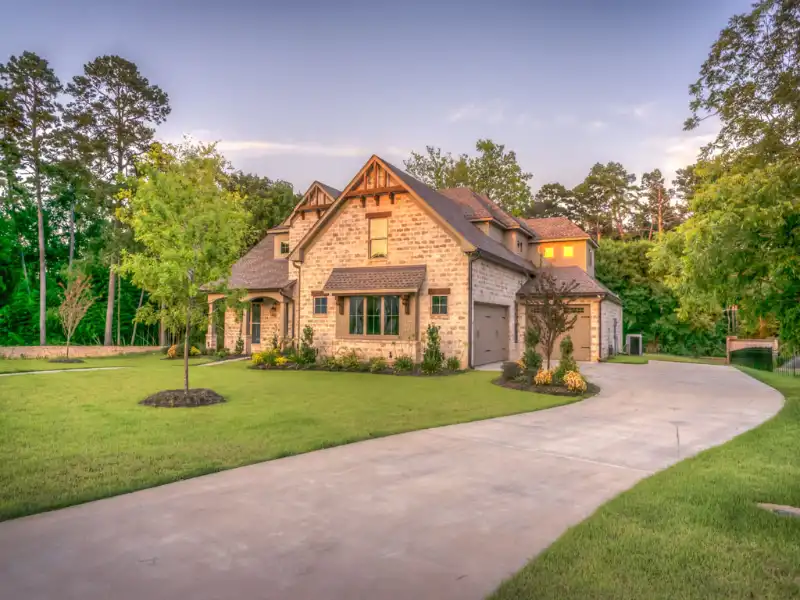Let’s start with a hot topic on fallen trees. Let me give a scenario: Your neighbor has a massive 70 year old White Oak tree close to your property line. A thunderstorm occurs and a large limb falls from 50 feet above into the side of your garage. The limb crashed through the roof causing thousands of dollars in damages to your garage and some of your contents. Whose homeowners insurance pays? It’s got to be your neighbor’s because the tree is in fact owned by your neighbor and growing on his property, right? No, your neighbor’s policy doesn’t cover your house. You will need to make a claim under your own insurance policy for the damages. Your homeowners policy provides coverage for falling objects—that’s exactly what happened in this scenario. In some instances, your neighbor may truly feel at fault and want to file the claim under their own policy. However, that’s not how it works. But if your neighbor feels inclined, they could help you by reimbursing you of your deductible. Also note that basic real estate law says that your property line extends vertically into the heavens. If the limb was hanging over the property line, then the limb is your property up until the point of crossing. So, the tree may have been growing on the neighbors property, but the limb may have been on yours. If you have big trees close to your property line, you should make sure you keep them healthy and trimmed.
Let’s take the same scenario but give it a different twist. This time the whole tree falls but it doesn’t hit your house or cause any damage. Is there insurance coverage to remove the tree? It depends. The tree would have to have fallen from a covered cause of loss. A homeowners policy with special perils gives coverage for wind, hail, lightning, fire, vandalism, and many others but these perils are the most common things that can happen to a tree. So, if the tree falls from any of those aforementioned things, you may have coverage for the removal. Most homeowners policies give sub limits for tree and shrub removal. That means they give a specific limit for removing a tree or shrub that has had a covered cause of loss.
If you have an old tree that may be dying, there is no insurance coverage for it’s removal. That expense falls solely on the owner of the tree. The same goes for an unwanted tree. The homeowners policy will only provide coverage for your damaged property from fallen trees and gives a specific limit for removing trees that have had a covered loss.
At Hennessey, Thames and Leavitt in Vicksburg, MS we are true homeowners insurance specialists. There are many coverages and other sub-limits in a homeowners policy. Call us today at 601-636-5560 to discuss your homeowners insurance coverage in detail. Come by the office at 1001 Belmont Street Vicksburg, MS 39180 or catch us online at www.leavit.com/vicksburg





